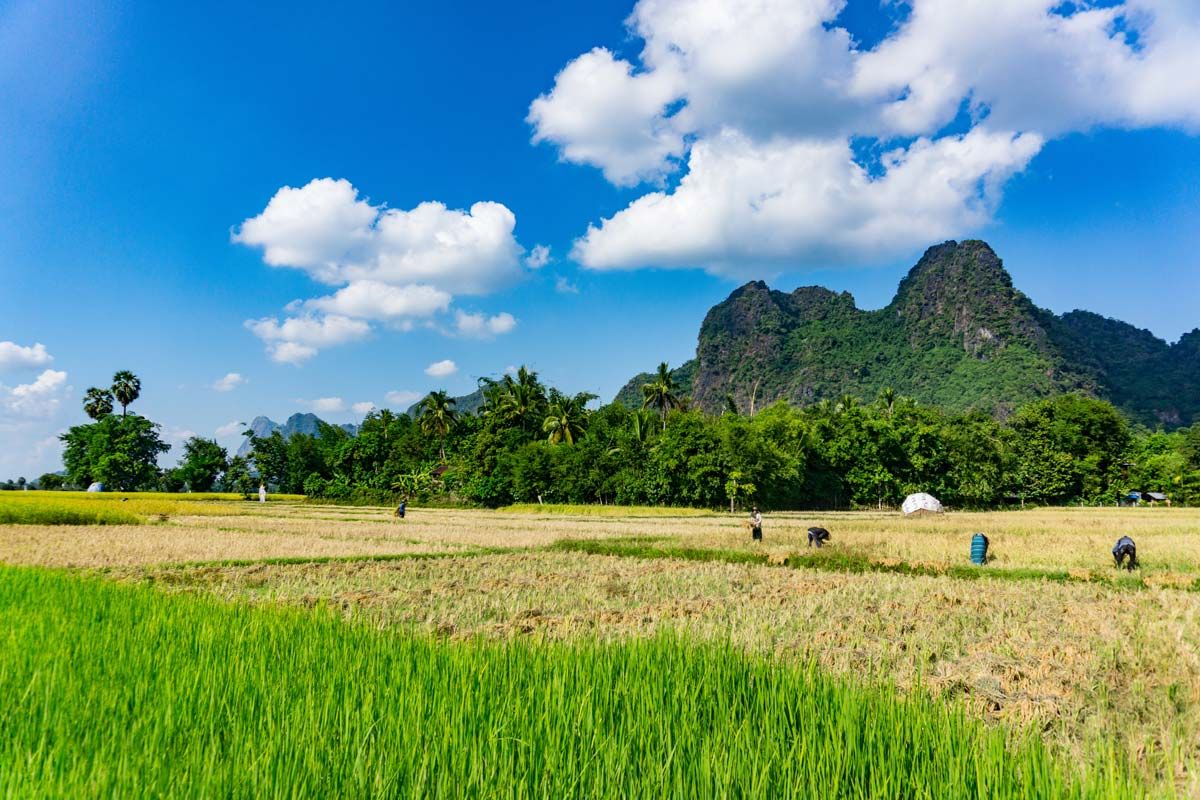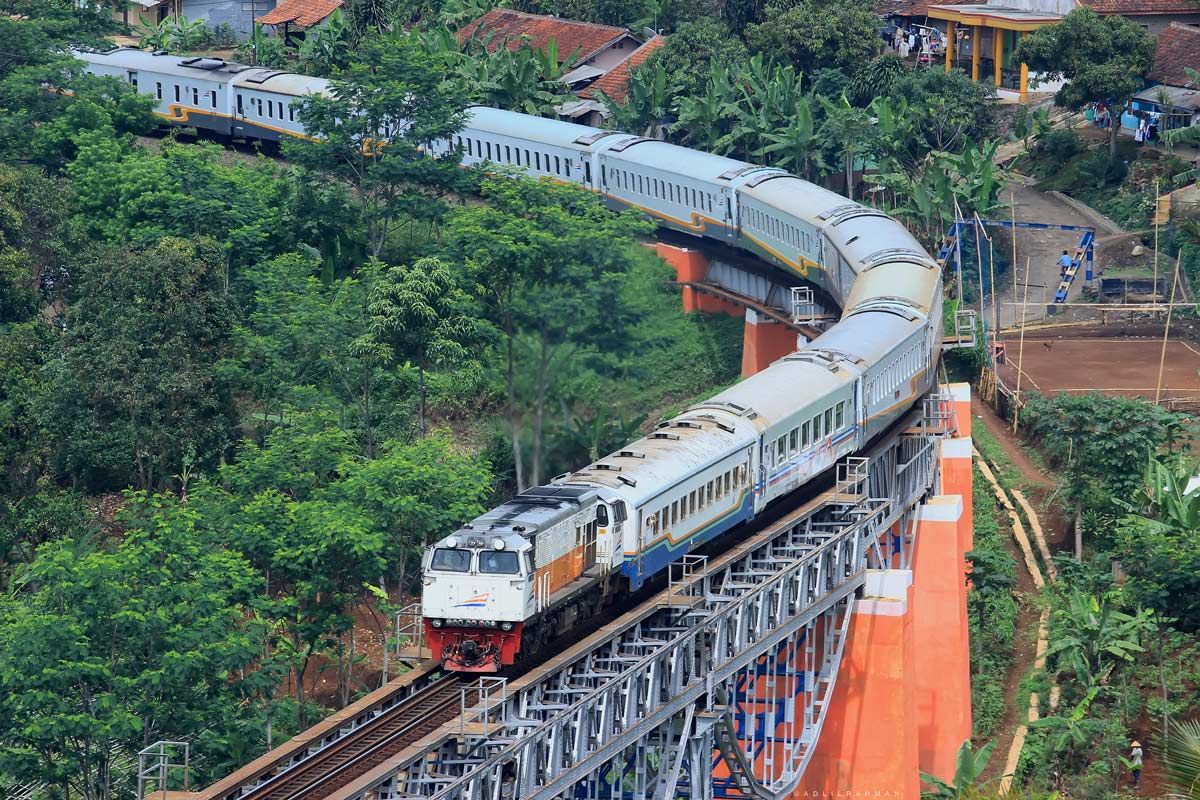Under the Water: Cambodian Artist Sreymao Sao on the Lived Experience of Hydropower Dams
In this article, we continue to explore how art can ‘unflatten’ our understanding of mega-infrastructure like the Lower Sesan 2 Dam (see Milne and Mahanty’s essay in this issue). We focus on the remarkable work of Cambodian artist Sreymao Sao, who explores the lived experiences of communities displaced by the Lower Sesan 2 Dam—some 5,000 […]









